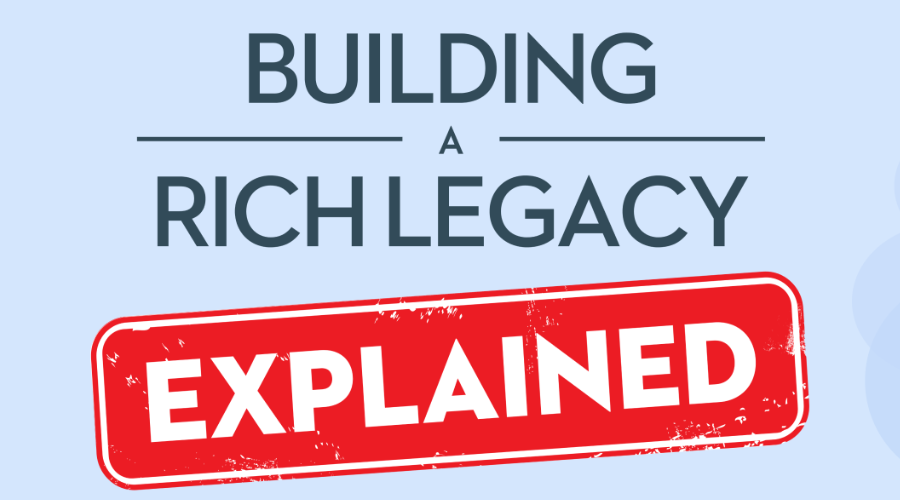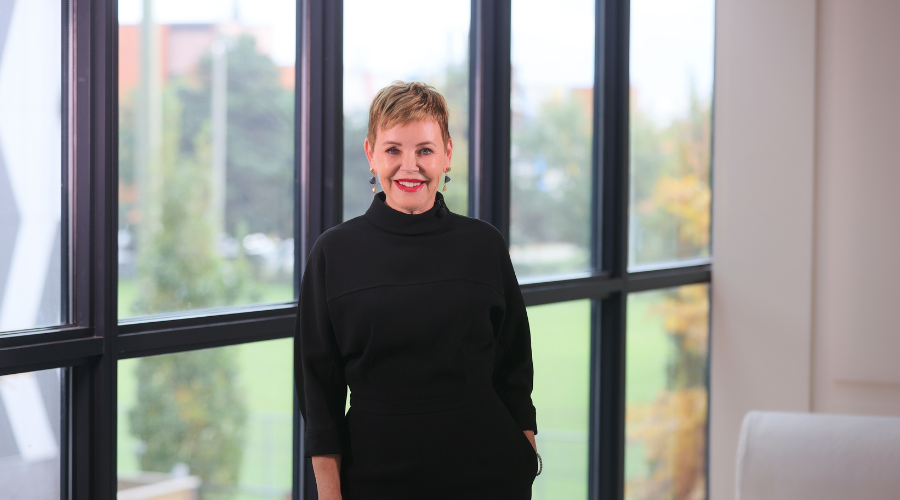I’ve been invested in the stock market for twenty-five years. There have been good years and bad years. There have been sleepless nights. Between 2000 and 2001, I was hit by the dot-com collapse and then hit harder in 2008 during the Great Recession when I watched my portfolio diminish by 32 per cent.
With some notable exceptions, my portfolio has not grown according to expectations. Were my expectations too high or was something else at work that diminished my returns?
As it turns out, hidden trailer fees piled on by investment advisors and MERs charged by Canadian mutual fund companies —to which my investment advisors directed my money— are the highest in the world. That’s right: Canadian fees average around 3 per cent yearly. It’s these fees that have constricted the growth of my portfolio for a quarter of a century.
The problem is compensation-based advisors are offering their clients a no-win proposition when it comes to profits on investments. If funds show a profit, fees take a hefty percentage of these gains, and if funds lose money, fees are still deducted.
Am I angry? You bet. Will advisor-levied trailer fees ever become visible to the average investor or abolished altogether? The answer: let’s hope. But for now these fees remain brutally high and are having a significant impact on the dreams and reality of our senior years.
A new report by the Brondesbury Group and paid for by the Ontario Securities Commission, says that the size of commissions are “conclusive enough to justify the development of new compensation policies.” In plain English, the OSC is debating whether it should recommend that trailer commissions be abolished. It’s about time.
In addition, a recent article by Ian McGugan in The Globe and Mail reports “The President’s Council of Economic Advisers issued a damning report in February on the effects of ‘conflicted’ advice on retirement savings in the United States. After examining a mountain of research, the report concluded that advisors who have financial incentives to steer savers into certain products or investment strategies wind up chopping about a percentage point off customers’ returns –transforming a 6 per cent return into a 5 per cent return, for instance. The total cost to retirees is around $17-billion (U.S.) a year.”
It’s easy to see how profits are eroded. If your portfolio resembles mine, with a slight emphasis on bonds, the impact is great. I hold a standard retiree mix of 60 per cent bonds coupled with 40 per cent stocks and unless I beat the average, Mr. McGugan figures that retirees like me are left with “a scant real return of 1.2 per cent a year” and that’s before taxes.
Retirees and the soon-to-be retired are faced with three choices. One: we can watch our hard-earned investments languish in advisor-driven accounts. Two: we can spend time and energy learning how to become informed DIY investors. Three: we can vary our non-tax sheltered assets (not found in RRSP’s or TFSAs) by relying on other sources of income such as real estate and mortgages or a combination thereof.
My choice is DIY investing while holding a five- year mortgage at 2.9 per cent on my home. After passively observing the stock market for many years, I took the plunge. Pulled my assets from my financial advisor, moved them to an online brokerage where trades are $10.00 a pop, and buying and selling mutual funds are usually commission free. In the meantime my mortgage payments are building equity in my home, which has risen about 10 per cent in value since I purchased it in January 2014.
In the DIY account, I’ve moved into a combination of low-fee mutual funds and lower fee ETFs (Exchange Traded Funds). The result: I experienced the best year I’ve had in 25 years.
I’ve made mistakes. Trading too often. Buying high and selling low. The classic errors of the newbie personal investor. But I’ve also made some prescient decisions, such as not hedging my U.S. investments to the Canadian dollar, and prudent decisions such as purchasing low-fee mutual funds from companies like Mawer or Steadyhand. Since purchasing the Mawer Balanced Fund more than a year ago, it has performed at 13 per cent.
The good news is that a novice DIY investor can start small. To invest through a financial advisor or institution, it’s necessary to purchase $50,000 minimum of Mawer’s Balanced Fund, but as an online individual investor only $5000 is required for the first purchase. ETRs don’t carry minimums, but cost $10.00 for each trade.
Retirees and the pre-retired are facing some tough decisions. The timely and eye-opening study “Dreams and Reality” conducted by HomeEquity Bank and found at http://www.homequitybank.ca/2015-retirement-study/ discovered that having enough money to last a lifetime is not a commonly held belief among older adults, and it is shrinking. Only 15 per cent of the study’s respondents expected to have enough money to last all of their days. Only 54 per cent of retirees expected their money to last up to 20 years.
According to the study, if you retire at age 60, there is a better than even chance your nest egg will run out before you turn 80.
The HomeEquity Bank 2015 Retirement Study also finds that only 14 per cent of retirees are pulling more than $40,000 per year from their investments, savings and company pension plans.
A more troubling finding in the survey is that about 20 per cent of respondents – both retired and working – expect to run out of money in five years or less.
The reality is that we need to start thinking for ourselves and figuring out how to maximize our investments, pensions and property to last a lifetime. There’s no time like the present to take command of the future.
Disclaimer: This post is not intended to give financial advice, nor is the author a licensed financial professional.






























